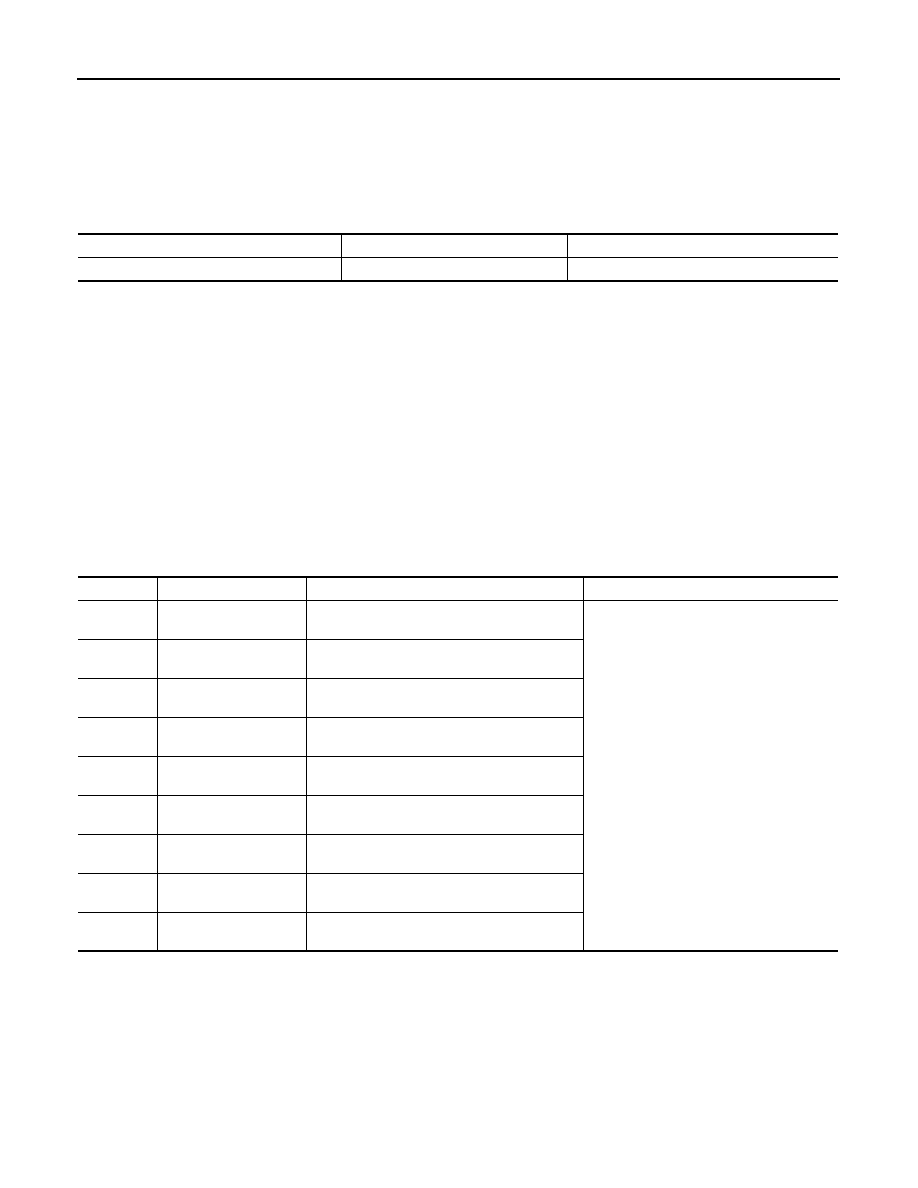Infiniti QX56 (JA60). Manual - part 385

EC-192
< COMPONENT DIAGNOSIS >
[VK56DE]
P0300, P0301, P0302, P0303, P0304, P0305, P0306, P0307, P0308 MISFIRE
P0300, P0301, P0302, P0303, P0304, P0305, P0306, P0307, P0308 MIS-
FIRE
On Board Diagnosis Logic
INFOID:0000000005149211
When a misfire occurs, engine speed will fluctuate. If the engine speed fluctuates enough to cause the crank-
shaft position (CKP) sensor (POS) signal to vary, ECM can determine that a misfire is occurring.
The misfire detection logic consists of the following two conditions.
1. One Trip Detection Logic (Three Way Catalyst Damage)
On the 1st trip, when a misfire condition occurs that can damage the three way catalyst (TWC) due to
overheating, the MIL will blink.
When a misfire condition occurs, the ECM monitors the CKP sensor signal every 200 engine revolutions
for a change.
When the misfire condition decreases to a level that will not damage the TWC, the MIL will turn off.
If another misfire condition occurs that can damage the TWC on a second trip, the MIL will blink.
When the misfire condition decreases to a level that will not damage the TWC, the MIL will remain on.
If another misfire condition occurs that can damage the TWC, the MIL will begin to blink again.
2. Two Trip Detection Logic (Exhaust quality deterioration)
For misfire conditions that will not damage the TWC (but will affect vehicle emissions), the MIL will only
light when the misfire is detected on a second trip. During this condition, the ECM monitors the CKP sen-
sor signal every 1,000 engine revolutions.
A misfire malfunction can be detected on any one cylinder or on multiple cylinders.
DTC Confirmation Procedure
INFOID:0000000005149212
CAUTION:
Always drive vehicle in safe manner according to traffic conditions and obey all traffic laws when driv-
ing.
1. If DTC Confirmation Procedure has been previously conducted, always perform the following procedure
before conducting the next step.
a. Turn ignition switch OFF and wait at least 10 seconds.
b. Turn ignition switch ON.
Sensor
Input signal to ECM
ECM function
Crankshaft position sensor (POS)
Engine speed
On board diagnosis of misfire
DTC No.
Trouble diagnosis name
DTC detecting condition
Possible cause
P0300
0300
Multiple cylinder misfire
detected
Multiple cylinder misfire.
• Improper spark plug
• Insufficient compression
• Incorrect fuel pressure
• The injector circuit is open or shorted
• Fuel injector
• Intake air leak
• The ignition signal circuit is open or short-
ed
• Lack of fuel
• Signal plate
• Air fuel ratio (A/F) sensor 1
• Incorrect PCV hose connection
P0301
0301
No.1 cylinder misfire de-
tected
No. 1 cylinder misfires.
P0302
0302
No. 2 cylinder misfire
detected
No. 2 cylinder misfires.
P0303
0303
No. 3 cylinder misfire
detected
No. 3 cylinder misfires.
P0304
0304
No. 4 cylinder misfire
detected
No. 4 cylinder misfires.
P0305
0305
No. 5 cylinder misfire
detected
No. 5 cylinder misfires.
P0306
0306
No. 6 cylinder misfire
detected
No. 6 cylinder misfires.
P0307
0307
No. 7 cylinder misfire
detected
No. 7 cylinder misfires.
P0308
0308
No. 8 cylinder misfire
detected
No. 8 cylinder misfires.